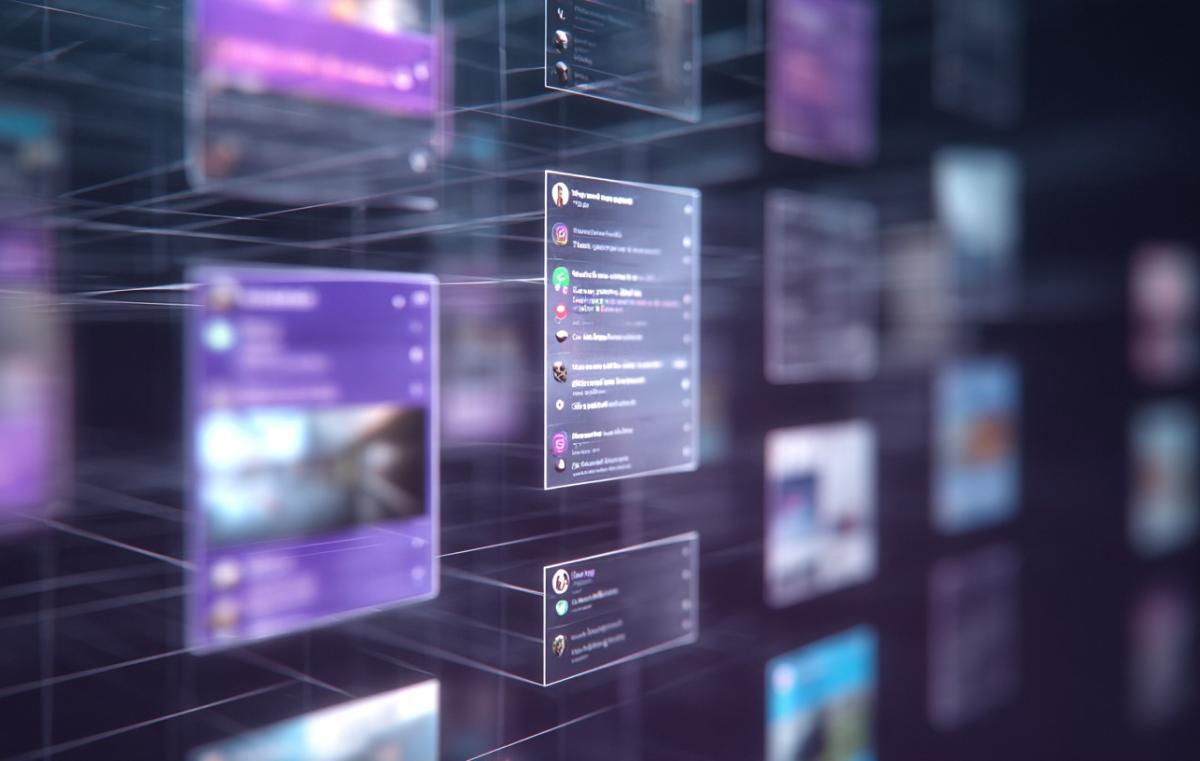Can You Identify a Terrorist Cell Before Its Members Ever Meet?
At Bar-Ilan University, Dr. Shahar Somin is teaching students to do exactly that

A recruitment cell on Telegram.
A logistics handler on WhatsApp.
A financier on Signal.
They never message each other.
They don’t appear in the same networks.
They might not even know each other’s names.
But if you look closely enough—if you track when they act—you might still spot a pattern.
This is driving Dr. Shahar Somin’s groundbreaking research. And it's the question at the heart of a new academic journey now open to students at Bar-Ilan University.
The Science of the Unseen
Dr. Somin recently joined the Department of Industrial and Information Systems Engineering at Bar-Ilan’s Faculty of Engineering, bringing with her a rare blend of industry expertise, academic depth, and an obsession with one of the hardest problems in modern data science:
How do you expose hidden networks of collaboration—when those networks are designed to stay hidden?
Her work focuses on fusing machine learning with something called temporal network analysis—a method that doesn’t just look at what people say or do, but when, where, and in what patterns. She builds tools that can detect subtle traces of coordination across seemingly unrelated digital behavior.
The implications are massive:
- Detecting terrorist activity during the planning stage
- Uncovering financial fraud with no obvious paper trail
- Preventing the viral spread of disinformation campaigns
“It’s called proactive cyber,” she explains. “The goal is to detect hostile intentions long before an attack or campaign unfolds.”
From People to Patterns
Dr. Somin’s path to Bar-Ilan started with a B.Sc and M.Sc in Computer Science, after years working as a data scientist—and eventually Head of Machine Learning—at a startup called Endor, she shifted back to academia to ask a different kind of question:
What if we stopped looking at individuals in isolation, and started looking at the webs they’re part of?
“Classic machine learning focuses on individual attributes—like income, marital status, or zip code,” she says. “But that’s not how people behave. We’re influenced by those around us. If my friends switch banks, I probably will too. If my friends radicalize—my risk goes up.”
During her PhD in Industrial Engineering at Tel Aviv University, she built models to account for these network effects. Then at MIT’s Media Lab, during her postdoc, she took it even further—studying how to identify intentional coordination between people who appear to be unconnected.
“The world’s data is scattered across platforms,” she says. “No one sees the full picture. And sometimes, people deliberately hide their tracks. But even then—there are patterns.”
The Next Frontier—And Your Invitation
Today, Dr. Somin is bringing those questions, tools, and insights to her students at Bar-Ilan.
From cybersecurity to behavioral modeling, from AI ethics to real-world impact—students in the Industrial and Information Systems Engineering track don’t just study systems. They learn to see what others miss.
This is data science for those who want to make a difference.
This is engineering for those who want to protect lives.
This is your invitation to study with the thinkers who are changing how we understand human behavior—and how we defend against those who seek to exploit it.
Want to learn how to see the invisible?
Start your journey in Industrial Engineering and Information Systems at Bar-Ilan University.